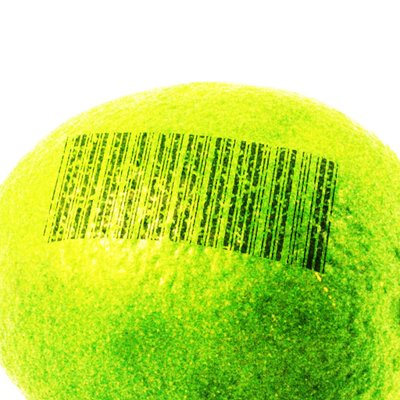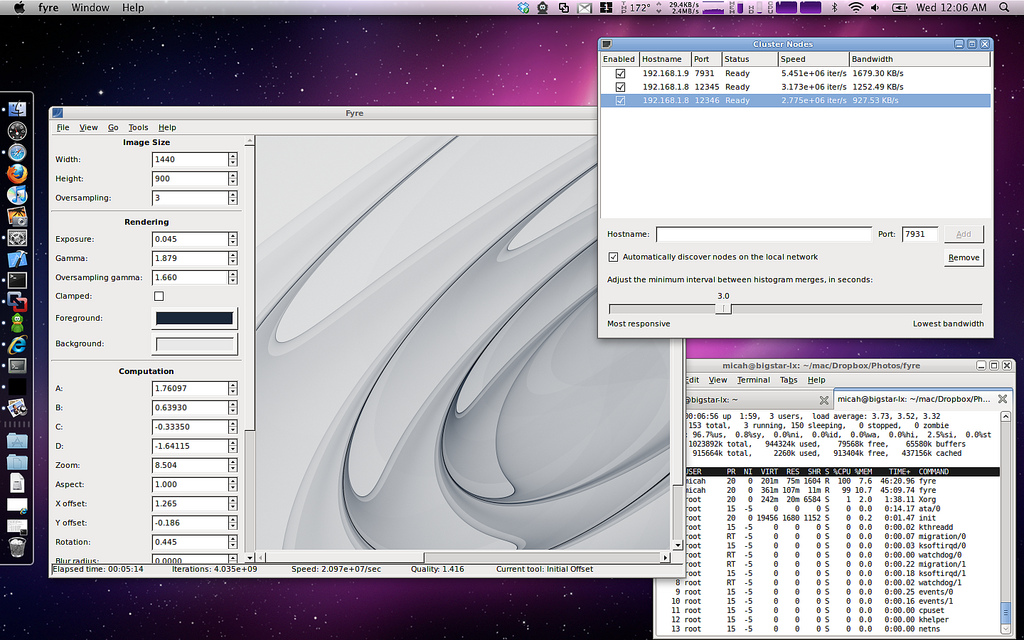Back when I bought my last Mac: USB and the Playstation 2 were new, Altivec and shiny plastic were in, and fans were almost starting to line up for the first Harry Potter movie. Oh, and warrantless wiretapping was still illegal. So, Apple, I guess it’s time to put all those hardware failures behind us and see if this relationship can work.
I’ve actually had a lot of fun hacking on Mac OS at work while developing VMware Fusion. Working on such a low-level software project, you see a lot of the ugliest parts of any OS. And there’s certainly a lot inside Mac OS that scares me. But there’s also a lot of cool technology in there. And best of all, I don’t have to futz with my ALSA settings for an hour if I want to watch a YouTube video. Win!
I’d been thinking about upgrading my aging Thinkpad to a 15″ MacBook Pro when it finally kicks the bucket. But darnit, those things are too reliable. So I needed a different excuse. I think it finally boiled down to:
- Faster CPU (and 6MB L2 cache.. drool…)
- More memory (4GB standard in a laptop. We truly do live in the future.)
- Runs Mac OS, Linux, and Windows- so I can develop software for all three
- Ooh, shiny!
It arrived this morning, and indeed it is quite shiny. I really do like the new Unibody design- and the large trackpad surface with pseudo-button is actually quite a lot nicer than the standard touchpad on my Thinkpad. (I’ll see how long I can resist the urge to do some low-level poking around in the touchpad, to see how its multi-touch protocol works…)
I think I’m a bad Mac user though. Just about the first two things I did were to install the Ubuntu 9.10 RC, and Windows 7. Then I had to continue my tradition and render a new background image:
This is using Fyre‘s cluster rendering support. The GUI and one rendering node are running in a 2-VCPU 64-bit virtual machine on my MacBook Pro. I have two more nodes running on a desktop Athlon64 machine running Linux natively. The total speeds here are pretty impressive- comparable to what David was able to get from running cluster nodes on every machine in one of the CS labs back in college. Isn’t Moore’s Law great? (And I’m sure the 6MB L2 cache helps :))


